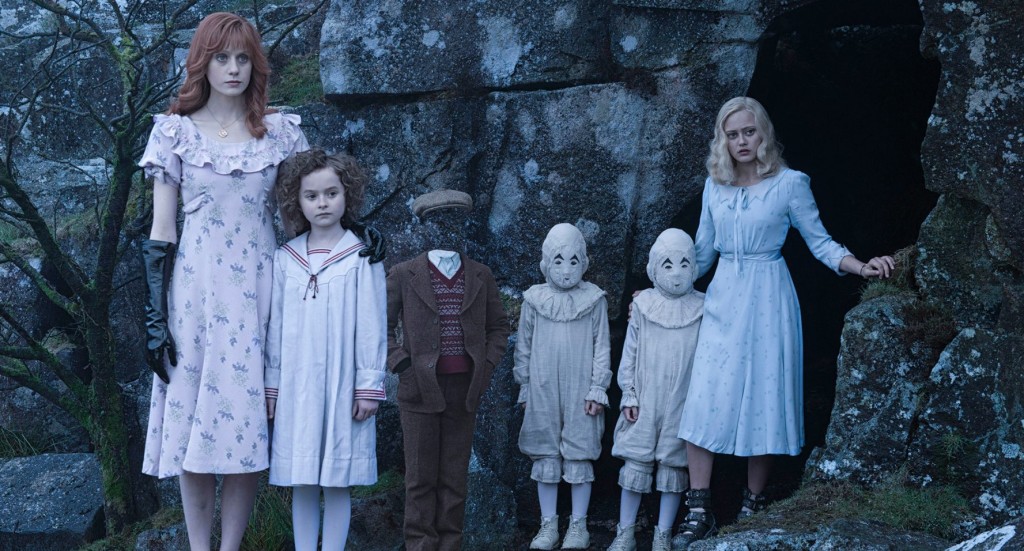Warning: May contain spoilers.
Ransom Riggs’ acclaimed children’s fantasy book debut, Miss Peregrine’s Home for Peculiar Children has been recently turned into a motion picture directed by Tim Burton. I believe that those who have read the novel are excited to see the book come alive and see if their imaginations are at par with the film interpretation.
READ: Seven reasons why you should start reading Ransom Riggs’ Miss Peregrine’s Home for Peculiar Children
We are well aware that film adaptations are almost always different from the book. It is a fact that we have to accept. But in this particular film adaptation, there are five main changes that are very noticeable:
5. The peculiar children looked different.

You will notice that in the novel, there’s a mix of children and young adults among the characters. Though their ages were not specifically mentioned in the novel, descriptions of them give you the idea that Hugh, Millard, Browyn, Viktor looked like they are in their mid- to late-teens. But in the film they looked a lot younger. Fiona also looked younger and different than as described in the book (a wild-looking young adult) and she dons pigtails!
4. They switched Emma’s and Olive’s power.
Aside from Olive looking like a young adult whose love interest is Enoch (which is not in the book, by the way), her powers were also switched with Emma Bloom. Emma originally is the girl who can make fire with her hands. Olive, on the other hand, is a young girl who is lighter than air. It was not mentioned that she can control air, only that she has to wear metal sandals to keep her on the ground.
3. Some characters were changed or added.
It is bad enough that the peculiar children looked a lot different than as described in the book, but some characters were changed and added too! For example, Jacob was supposed to be with his only friend Ricky when he discovered his grandfather out in the woods. Instead he was with Shirley, the store manager at Smart Aid, a store owned by Jacob’s family where he works during his free time. Then, his male psychiatrist becomes a female doctor in the film. One of the added characters would be Mr. Barron (Samuel L. Jackson), created only for the film, who is supposed to be the leader of wights (their enemies).
2. Abe Portman is alive.
The tragic and mysterious death of Abe Portman (Jacob’s Grandfather) in the novel is what set the story in motion. Though he did die in the film as well, they opted to keep him alive by the end of the film (due to the time loop, Jacob was able to return to a time before his grandfather dies). And that is just terrible alteration. His death, I believe, is essential not only to push the story forward but for the character development of the protagonist. I wonder how they will pull this off in the sequel (if there’s going to be one).
1. The story is very different.
It is forgivable that the characters were changed, so long as the story is intact. Unfortunately, it was also altered. Many important things were removed or changed; there were things that were added that need not be there. I know it is natural that film adaptations are different from the film, but I find the alteration confusing. If you didn’t get to read the book, you wouldn’t have a strong grasp of the story. And if you read the book, you will find the movie disjointed and perhaps even disappointing. I say, stick to just reading the book then. But if you just want to be entertained visually, then go ahead and watch the film. It does not disappoint in terms of its aesthetics.
Here is the official film trailer: